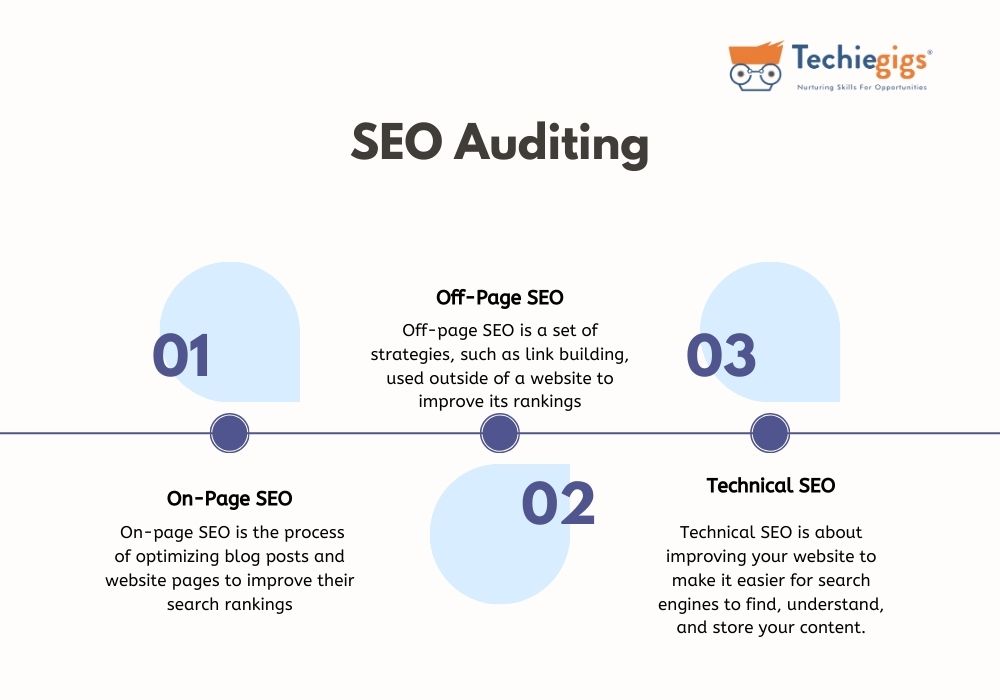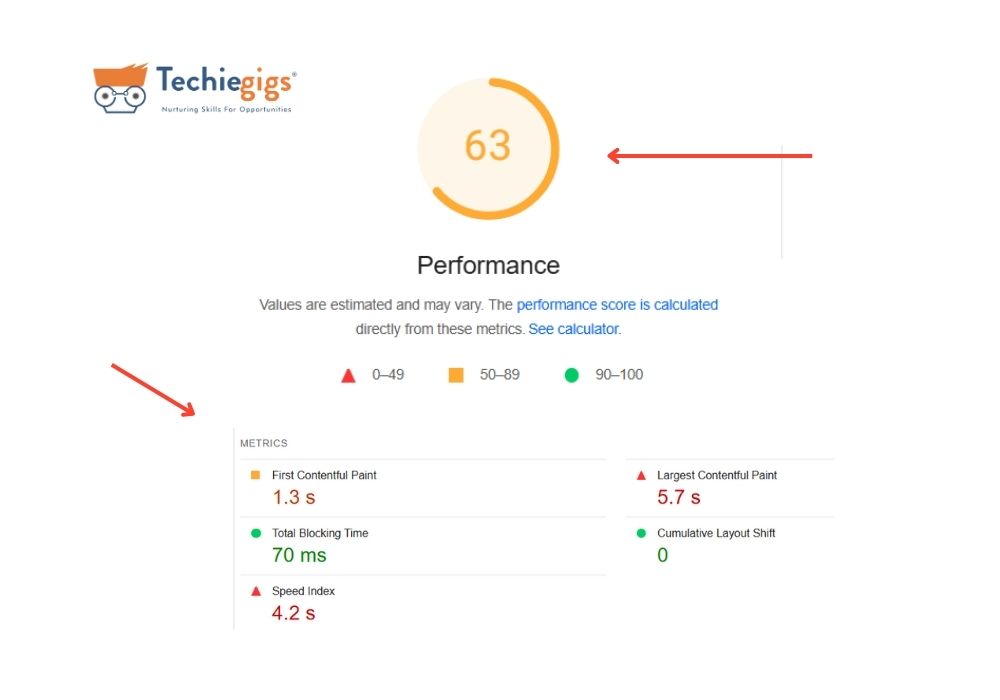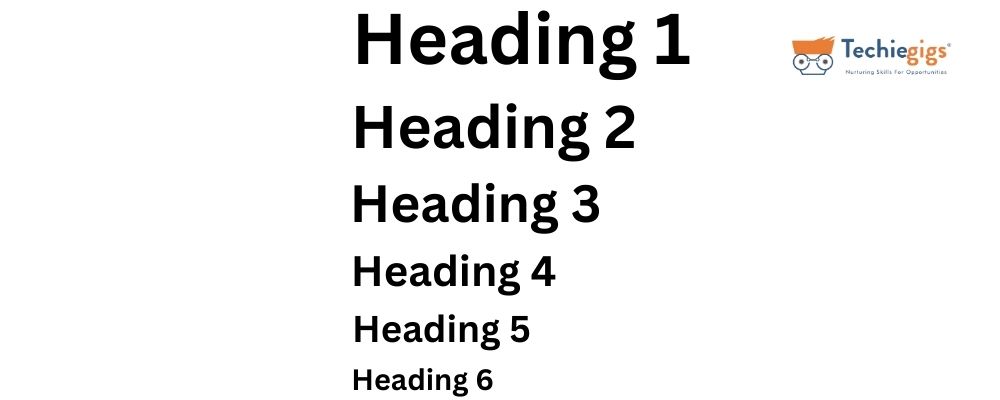Mastering the Art of Comprehensive SEO Audit
- Blog Updated on February 26, 2025
What is an SEO Audit?
An SEO audit is a systematic evaluation of a website to determine how well it adheres to SEO best practices. It helps identify technical, on-page, and off-page SEO issues that may be affecting search engine rankings. By auditing a site, businesses can optimize their content, enhance user experience, and ultimately drive more organic traffic.
An effective SEO audit includes checking technical SEO factors such as site speed, indexing, and mobile-friendliness, on-page SEO elements like keyword optimization and content structure, and off-page factors such as backlinks and domain authority. Conducting regular audits ensures that a website remains competitive in search engine rankings and adapts to evolving search algorithms.

Table of Content:
- Why is an SEO Audit Important?
- Step-by-Step SEO Audit Process
- Technical SEO
- On-page SEO
- Content Quality and SEO Audit
- Off-Page SEO & Backlink Audit
- User Experience (UX) and Website Performance Audit
- Actionable Fixes and Prioritization
Why is an SEO Audit Important?
SEO audits help you:
- Identify and resolve technical issues affecting search visibility, such as broken links, duplicate content, indexing problems, and crawl errors.
- Improve site speed and mobile-friendliness, ensuring a seamless experience for users across all devices, which is crucial for high search rankings.
- Optimize content by assessing keyword usage, readability, and relevance, making sure it aligns with user intent and search engine guidelines.
- Analyze backlinks to remove harmful or spammy links while strengthening your link-building strategy to improve domain authority and rankings.
- Stay ahead of Google algorithm changes by ensuring compliance with best practices and mitigating potential ranking drops caused by updates.
Step-by-Step SEO Audit Process
1. Technical SEO
Technical SEO ensures that your website is easily crawlable and indexable by search engines. Here’s how to audit your site effectively:
- Check Site Indexing & Crawlability: Use Google Search Console’s “Coverage” report to identify pages that aren’t being indexed. Ensure your robots.txt file isn’t blocking important pages from search engines. Additionally, check your XML sitemap to confirm all key pages are submitted to search engines correctly.

- Analyze Page Speed & Core Web Vitals: Run your website through Google PageSpeed Insights to assess loading speeds on both desktop and mobile. Improve speed by compressing images, enabling browser caching, and minimizing unnecessary JavaScript or CSS files.
- Ensure Mobile-Friendliness: Test responsiveness using Google’s Mobile-Friendly Test. With mobile-first indexing in place, ensuring a seamless mobile experience is crucial. If necessary, implement a responsive design and eliminate intrusive pop-ups that hinder mobile usability.
- Identify JavaScript Rendering Issues: Ahrefs suggests reviewing JavaScript-heavy pages to ensure they render properly. Use Google’s Mobile-Friendly Test or Lighthouse to verify whether key content and navigation elements load correctly across devices.
- Fix Broken Links & 404 Errors: Use Screaming Frog to detect and resolve broken links, ensuring users and search engines can access important content. Implement 301 redirects for outdated pages and update internal links accordingly.

- Check HTTPS Security & Website Encryption: Websites should be secured with HTTPS to maintain trust and SEO rankings. Use an SSL certificate and check for mixed content issues that could weaken site security.
- Assess Server Performance & Hosting Issues: A slow server response time can negatively affect SEO. Use tools like GTmetrix or Pingdom to check for hosting issues and consider upgrading your server if needed.
2. On-Page SEO Audit
On-page SEO involves optimizing individual web pages for better rankings. Follow these steps:
- Optimize Meta Titles & Descriptions: Use targeted keywords naturally while maintaining compelling copy to increase click-through rates. Ensure that the meta description provides an accurate summary of the page’s content while incorporating primary keywords.

- Improve Heading Structures: Properly structure H1, H2, and H3 tags to improve readability and relevance. The H1 tag should include the primary keyword, while subheadings should enhance content organization.
- Analyze URL Structure: Keep URLs short, descriptive, and keyword-rich. Avoid long and unnecessary parameters that could dilute SEO value. A well-structured URL contributes to better indexing and user experience.
- Enhance Internal Linking: Backlinko emphasizes the importance of a strong internal linking structure to improve SEO. Linking to relevant pages within your site helps distribute page authority, guides users to related content, and increases dwell time.
- Optimize Image SEO: Ensure that all images have descriptive alt text, appropriate file names, and are compressed for faster load times. Image SEO plays a vital role in search rankings, especially in Google’s image search results.
- Fix Duplicate Content: Use SEMrush to detect and eliminate duplicate pages that might harm rankings. Google penalizes sites with redundant or thin content, so consolidating similar pages or using canonical tags is crucial to maintaining ranking integrity.

- Enhance Content Readability: Utilize shorter sentences, bullet points, and visually engaging elements to make content more digestible. Avoid overly complex language and ensure the content aligns with user intent for maximum engagement.
- Implement Schema Markup: Structured data helps search engines understand the content on your page better and can enhance search visibility with rich snippets. Implement schema markup for articles, reviews, FAQs, and other content types to boost CTR.
3. Content Quality & SEO Audit
Content is at the heart of SEO. Conduct a thorough content audit by:
- Identifying Low-Performing Pages: Use Google Analytics to find pages with low traffic and engagement, then refresh or remove outdated content.
- Improving Readability: Write content that is clear, concise, and informative.

- Optimizing for Search Intent: Align content with what users are searching for. Conduct keyword research to match search queries effectively.
- Updating Outdated Content: Refresh old blogs and articles with new data and insights to keep them relevant.
- Ensuring Content-Length Optimization: Research shows that longer, well-structured content ranks better. Aim for at least 1,000 words per blog post with in-depth insights and subtopics.
- Using Multimedia Elements: Integrate images, infographics, and videos to make content more engaging and informative.
- Implementing Structured Data Markup: Use schema markup to provide search engines with additional information about your content, helping to improve visibility in SERPs.

- Analyzing Competitor Content: Research competitors’ top-ranking content to identify gaps and opportunities for improving your own material.
- Checking Keyword Density & Placement: Ensure proper keyword usage in titles, subheadings, introduction, and throughout the content without overstuffing.
4. Off-Page SEO & Backlink Audit
Your website’s authority depends on its backlink profile. Here’s how to analyze off-page SEO:
- Check Backlink Quality: Use Ahrefs or SEMrush to audit inbound links and assess their relevance.
- Disavow Toxic Links: Identify and remove spammy backlinks that could hurt your rankings using Google’s Disavow Tool.
- Improve Domain Authority: Focus on white-hat link-building strategies such as guest posting, content marketing, and influencer collaborations.
- Monitor Competitor Backlinks: Use tools like Ahrefs to track competitor backlinks and uncover new link-building opportunities.

- Leverage Social Media Signals: Increased engagement on social media platforms can indirectly impact SEO rankings. Share high-quality content across platforms and encourage interactions.
- Earn High-Quality Backlinks: Seek links from authoritative sources, such as industry blogs, news sites, and educational institutions, to strengthen domain credibility.
- Utilize Guest Blogging & Outreach: Writing guest posts for reputable websites can drive referral traffic and build strong backlinks to your site.
- Optimize Anchor Text: Ensure that backlinks have varied, natural anchor text to avoid over-optimization penalties from search engines.
5. User Experience (UX) & Website Performance Audit
UX plays a crucial role in SEO rankings. Audit these elements:
- Evaluate Site Navigation: Ensure easy-to-use menus and logical page structures. Good navigation enhances user engagement and reduces bounce rates.
- Optimize for Mobile & Speed: A fast-loading, mobile-friendly site improves rankings. Compress images, enable browser caching, and use a Content Delivery Network (CDN) to enhance speed.
- Improve Accessibility: Use alt text for images, readable fonts, and contrast-friendly colors to enhance inclusivity and make content accessible to all users, including those with disabilities.
- Monitor User Engagement Metrics: Track metrics like bounce rate, time on page, and click-through rate (CTR) using Google Analytics to understand user behavior and optimize weak areas.
- Enhance Call-to-Actions (CTAs): Ensure CTAs are prominent, engaging, and lead to conversions, whether signing up for newsletters, purchasing products, or exploring further content.
6. Actionable Fixes & Prioritization
- Prioritize Issues: Use the impact-effort matrix to tackle high-impact, low-effort fixes first. Address technical errors before focusing on content improvements.

- Develop an SEO Action Plan: Create a step-by-step plan to systematically address identified issues, assigning responsibilities and deadlines.
- Track Progress & Measure Impact: Use tools like Google Analytics and Google Search Console to monitor progress, ensuring implemented changes lead to improvements in traffic and rankings.
- Regularly Update SEO Strategies: SEO is ever-evolving; ensure ongoing optimizations and updates to adapt to new algorithm changes and industry trends.
- Avoid Common SEO Mistakes: HubSpot warns against keyword stuffing, duplicate content, and ignoring mobile users, all of which can damage rankings.
Conclusion
A successful SEO audit helps ensure that your website remains optimized for search engines while providing a seamless experience for users. By systematically addressing technical, on-page, and off-page issues, you can significantly enhance visibility, engagement, and conversions.
SEO is an ongoing process, and continuous monitoring and adaptation to changes in search engine algorithms will keep your site competitive. Stay proactive, follow industry trends, and regularly update your SEO strategies to maintain high rankings.
